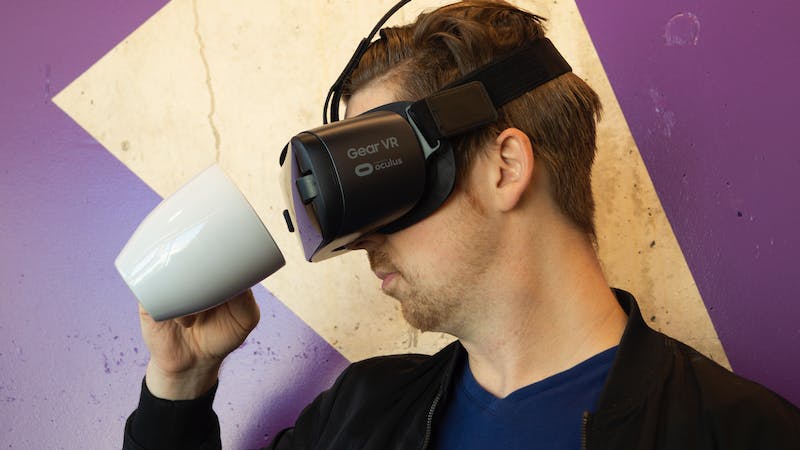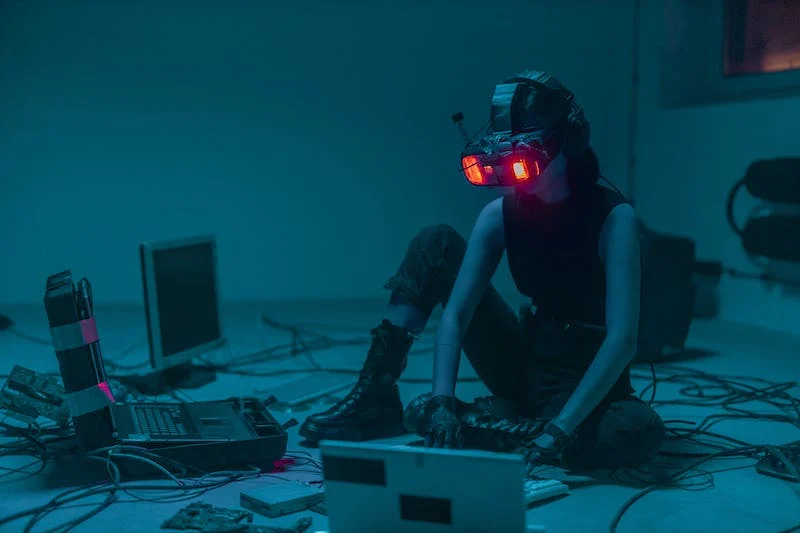Metaverse game, Minecraft overview
Minecraft is a highly popular sandbox-style video game developed by Mojang Studios, which was later acquired by Microsoft. While it’s not typically categorized as a metaverse game in the traditional sense, it possesses several characteristics that make it a versatile and engaging virtual world for players to explore and create within. Here’s an overview of Minecraft:
Gameplay Overview:
- Sandbox World: Metaverse game Minecraft takes place in a procedurally generated, open-world environment made up of blocks. The world is virtually limitless and consists of various biomes, terrain features, and resources.
- Survival and Creative Modes: Players can choose between different game modes. Survival mode challenges players to gather resources, build shelters, and survive against monsters. Creative mode provides unlimited resources and allows for unrestricted building and creativity.
- Exploration: The game encourages exploration of its vast world, filled with caves, mines, villages, and dungeons. Players can discover valuable resources, uncover secrets, and encounter different creatures.
- Building and Crafting: A significant aspect of Minecraft(Metaverse game) is building structures, crafting items, and customizing the world. Players can create anything from simple shelters to intricate fortresses and even complex redstone-powered machinery.
- Multiplayer: Minecraft supports multiplayer gameplay, allowing players to join servers hosted by others or set up their own. This enables social interaction, collaboration, and the creation of shared virtual spaces.
Key Features:
- Block-based World: Minecraft’s world is made up of blocks, each representing different materials or objects. This block-based system allows for easy construction and customization.
- User-generated Content: Players can create and share custom worlds, known as “maps,” and use mods and plugins to enhance or modify the game. This fosters a thriving community of content creators.
- Community-driven: The Minecraft(Metaverse game) community is known for its creativity and innovation, producing a wide range of player-generated content, from adventure maps and mini-games to massive, player-built cities.
- Cross-platform Play: Minecraft is available on various platforms, including PC, consoles, mobile devices, and even virtual reality, enabling players to connect regardless of their chosen gaming platform.
- Education and Learning: Minecraft has been adapted for educational purposes, with versions like Minecraft: Education Edition designed to teach various subjects through interactive experiences.
While Minecraft doesn’t fit the traditional definition of a metaverse, it does provide a dynamic and expansive virtual world that encourages exploration, creativity, and collaboration. Its flexibility and adaptability have led to a vibrant and continually evolving player community, making it one of the most iconic and enduring games of its kind.

Metaverse game, Minecraft technical feature
Minecraft, while not a traditional metaverse game, offers several technical features that contribute to its open-world sandbox gameplay and vibrant user community.
- Procedurally Generated Worlds: Minecraft’s worlds are procedurally generated, meaning that the terrain, landscapes, biomes, and structures are created algorithmically. This results in a vast and diverse world for players to explore.
- Block-Based World: The game’s world is composed of blocks, which players can interact with. These blocks represent various materials, such as dirt, wood, stone, and more. The block-based nature of Minecraft allows for easy building, mining, and customization.
- Infinite World: Minecraft worlds are virtually limitless in size. As players explore, new terrain generates dynamically, ensuring that there is always more to discover.
- Real-time Day-Night Cycle: Minecraft(Metaverse game) features a real-time day-night cycle, with a day lasting about 20 minutes. This cycle affects gameplay, as hostile creatures like zombies and skeletons emerge at night.
- Resource Gathering and Crafting: Players gather resources by mining blocks and defeating creatures. These resources can be used to craft tools, weapons, armor, and other items, adding depth to the gameplay.
- Redstone and Redstone Contraptions: Redstone is a material in Minecraft that functions as electrical wiring. Players can use it to create complex mechanisms and machines, including automated farms, traps, and doors.
- Multiplayer Support: Minecraft supports multiplayer gameplay through LAN, online servers, and Realms (Minecraft’s subscription-based server hosting service). This allows players to collaborate, build together, or engage in competitive gameplay.
- Modding and Plugins: Minecraft has a robust modding community that creates custom modifications (mods) and plugins to expand the game’s features. These mods can introduce new items, mechanics, and gameplay experiences.
- Cross-Platform Play: Players on different platforms, including PC, consoles, mobile devices, and virtual reality, can join the same Minecraft servers and worlds, fostering a unified player community.
- Snapshot Versions: Mojang Studios releases “snapshot” versions of Minecraft, which are early previews of upcoming features and changes. This allows players to test and provide feedback on new content before it’s officially released.
- Customizable Servers: Server administrators can customize gameplay settings, introduce custom game rules, and install plugins to create unique Minecraft experiences tailored to their communities.
- Command Blocks: Minecraft features command blocks, which enable advanced players to create custom commands and automate various aspects of the game.
- World Seeds: Players can enter a “seed” when creating a world to generate a specific world with predetermined characteristics. This allows for the sharing of unique world generation codes.
While Minecraft is not a traditional metaverse game, its technical features and flexibility have contributed to its enduring popularity and have empowered players to create diverse virtual experiences, from massive role-playing servers to intricate redstone contraptions. The game’s adaptability and strong modding community have played a significant role in its continued growth and innovation.




